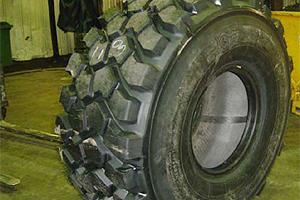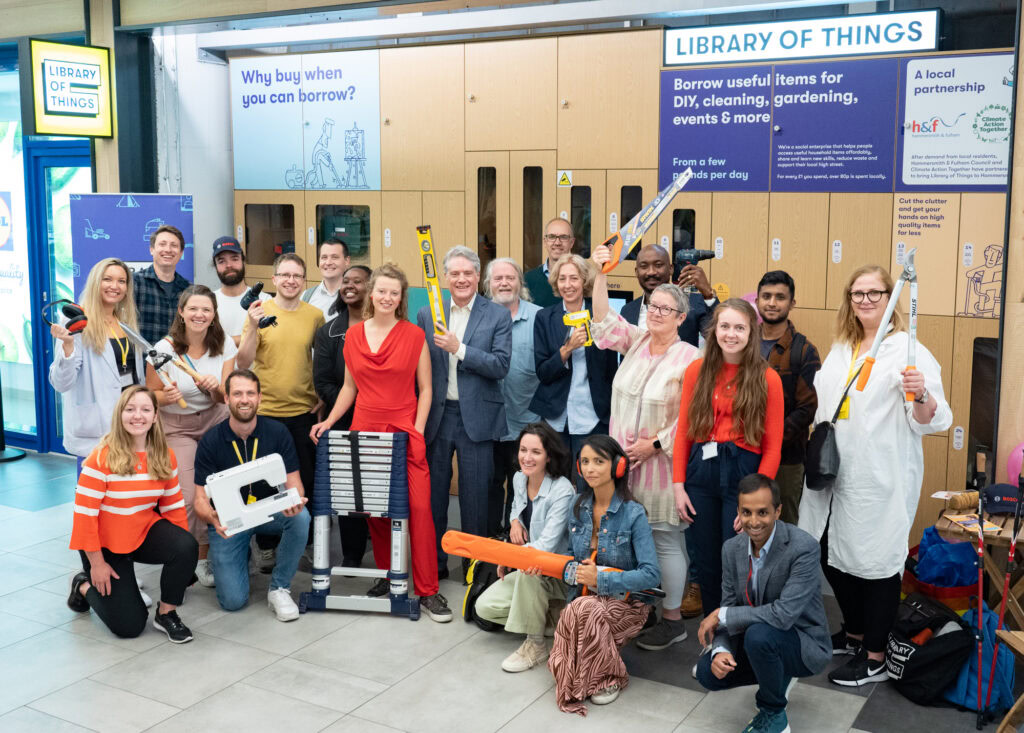The Waste and Resources Action Programme has found that up to 40% of the re-treads needed in truck and earthmover tyres could be provided from recycled material without reducing durability or performance.
The findings follow the development of new retread technology known as “surface polymerisation” which enables higher levels of waste rubber to be successfully included in retread compounds than was previously though possible.
The technology, whilst proven and in use in the USA and Australia, has not been used commercially in the UK. It allows previously vulcanized rubber to become reactivated into a new blend of part-uncured virgin rubber and part-vulcanized material.
Robin Pegden, managing director of Envirogen Technologies Ltd, the company involved with the re-polymerisation technology used in the trial, said: “A green sustainable solution now exists for the tyre industry; Surface Re-polymerisation is the breakthrough that the waste tyre industry has always sought. This complete new approach now offers tyre companies a new ‘true green' material that has both economic and environmental benefits in its future use.”
Steve Waite, Project Manager for Tyres at WRAP, said: “The UK produces around 130,000 waste tyres every day so testing and developing new outlets for tyre-derived rubber material is a priority for the industry.
“This study provides reassurance for users that high percentages of rubber crumb can successfully be incorporated into retread compounds for truck and earthmover tyres without compromising the tyres' performance. It is especially encouraging that some of the new compounds produced during this trial have been shown to offer benefits over the original compound,” he added.
Study
The WRAP study – entitled ‘Using waste tyre rubber in retreads at high inclusion rates' – trialled both truck tyres that were fitted to dual-drive axel tipper lorries and earthmover tyres, with a diameter of 1.6 metres, that were fitted to dump trucks.
Re-treading is considered to be one of the most preferable and effective methods of re-using worn tyres as the process effectively doubles the life of a tyre, reducing the muner of new tyres needed and minimising waste. The process take place when new rubber is applied to the bare casing of old tyres, after their tread is buffed away.
It is hoped the WRAP findings will encourage the growth of the tyre reprocessing market, positively impacting on the 48 million waste tyres generated in the UK each year.
Mark Stevenson, business manager of Rubber Recovery Ltd and the author of the report, said: “The results of this study overshadow those of all other similar trials to date. It is hoped this technology will now help the rubber and tyre manufacturing industry realise the potential for recycled rubber in their products.”










Subscribe for free